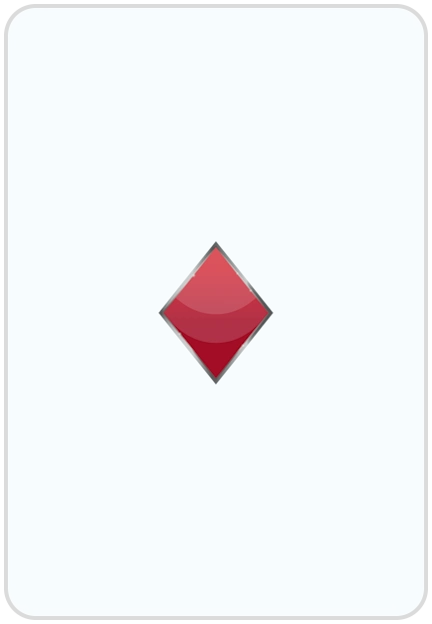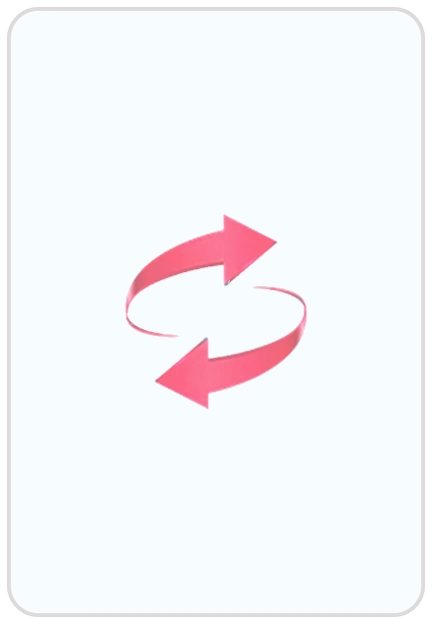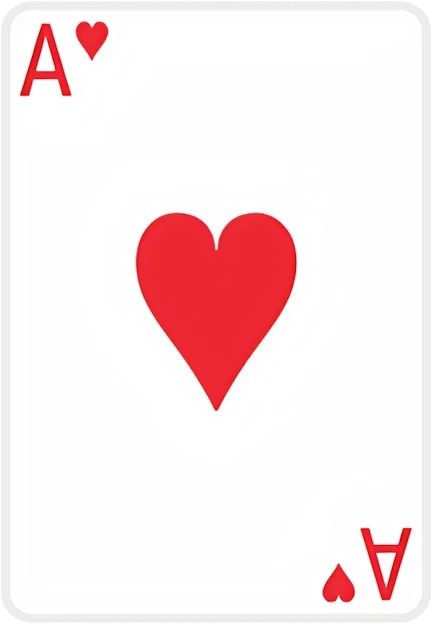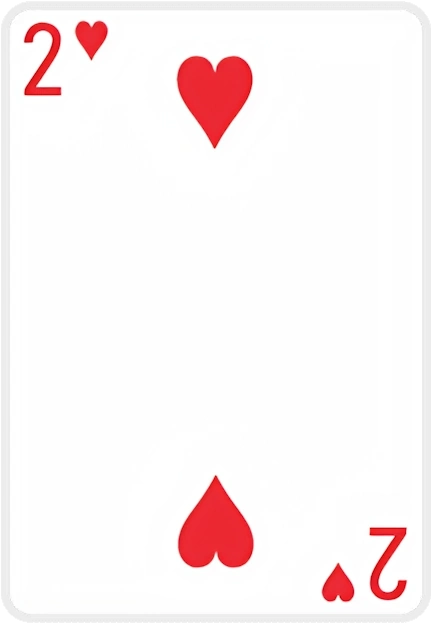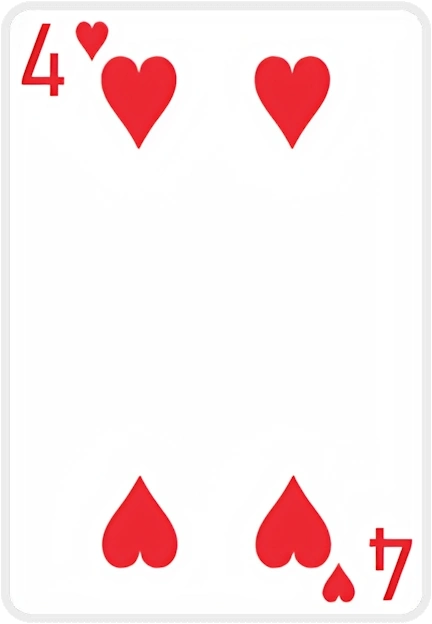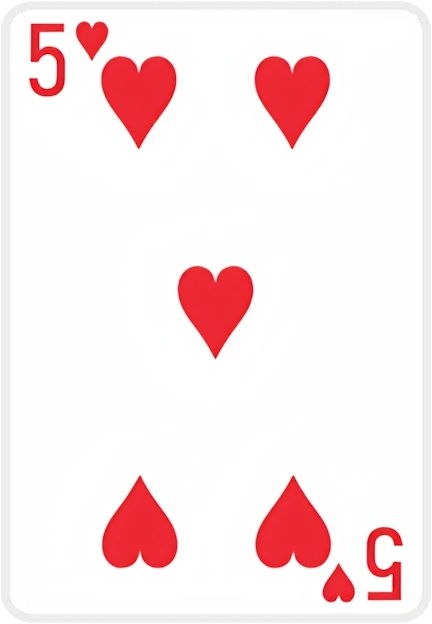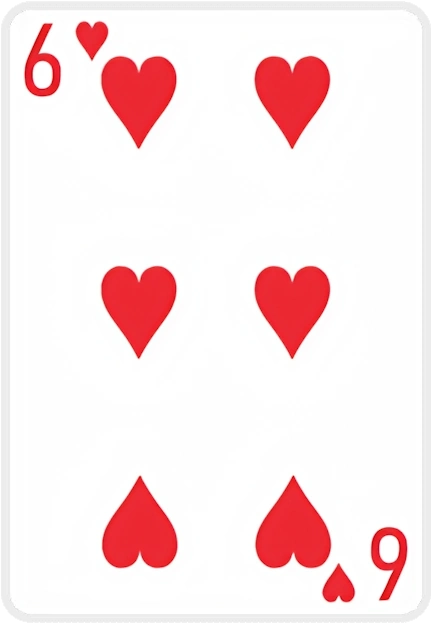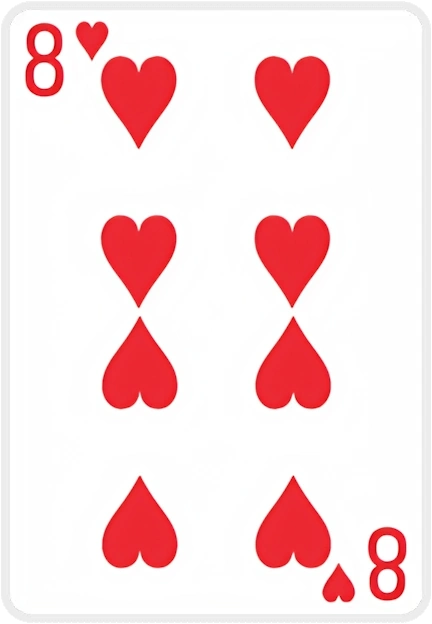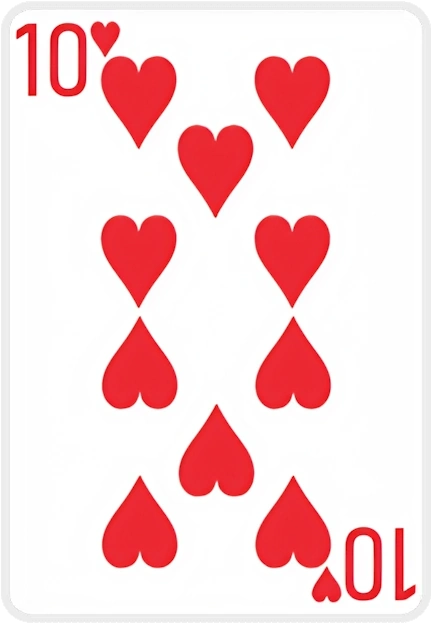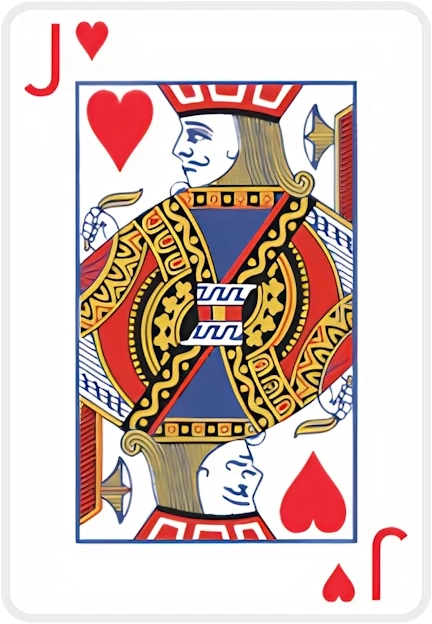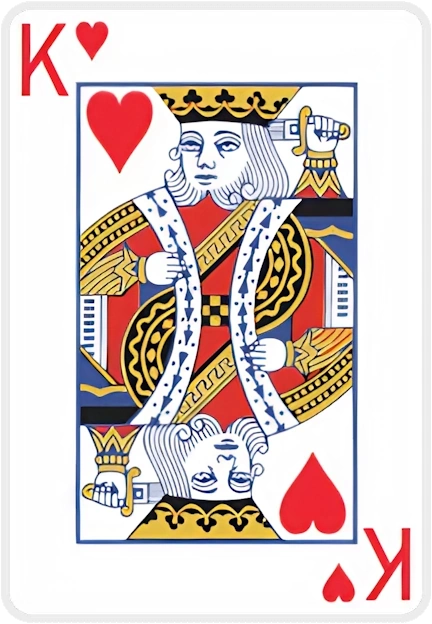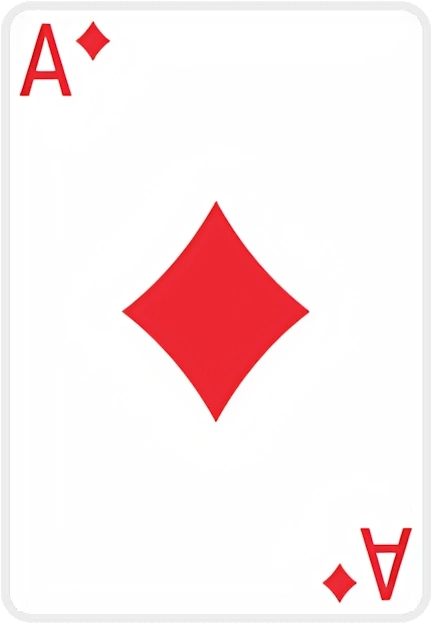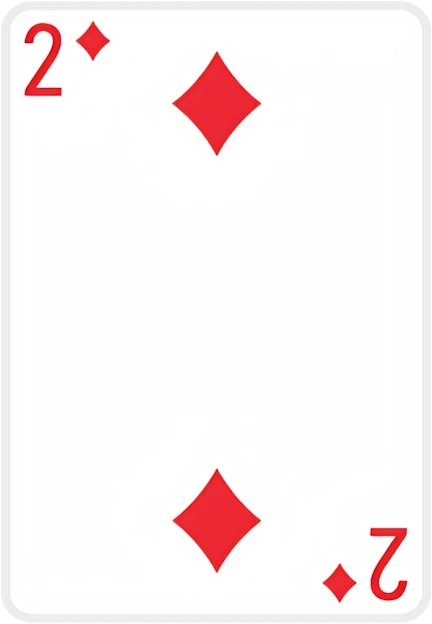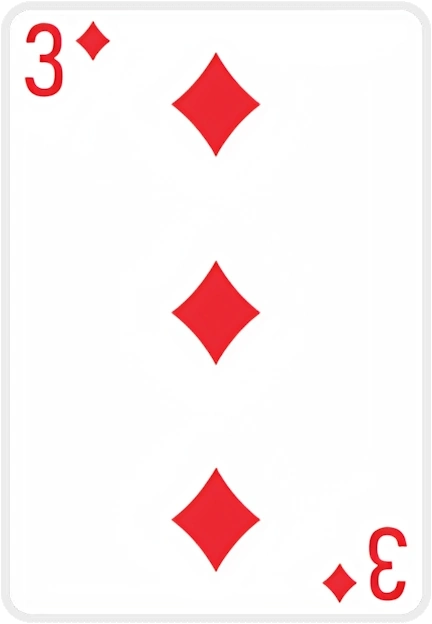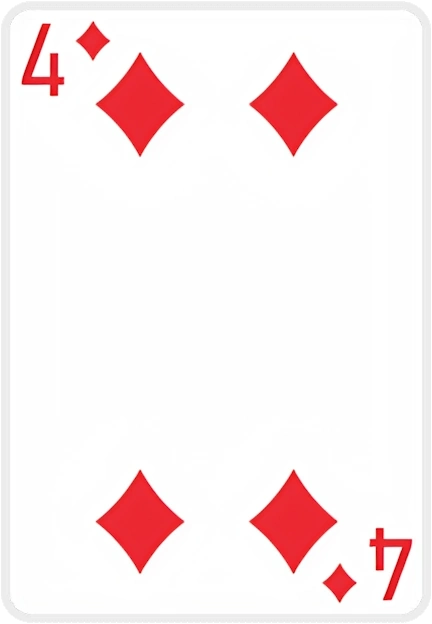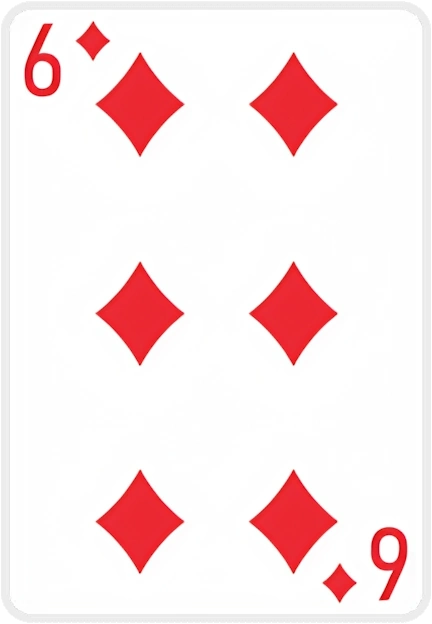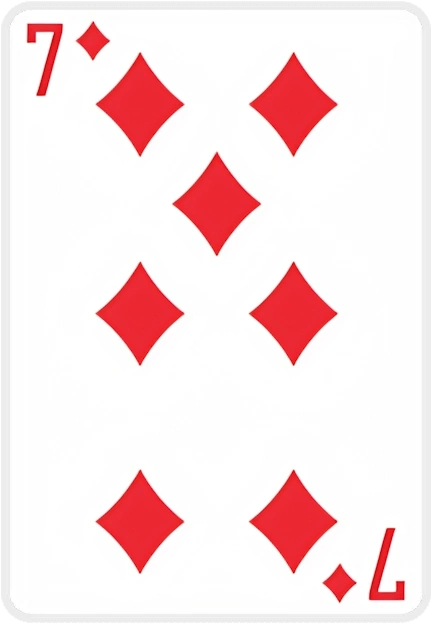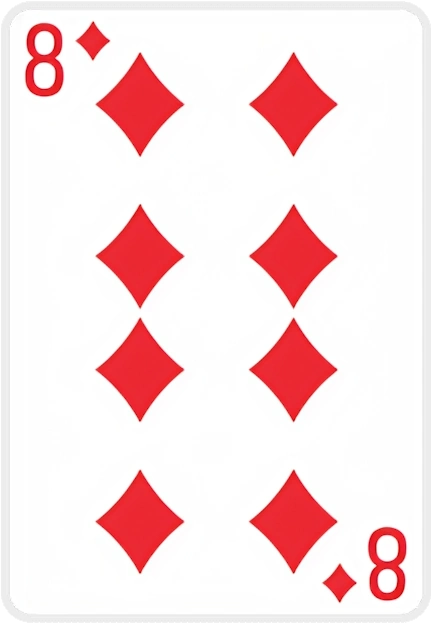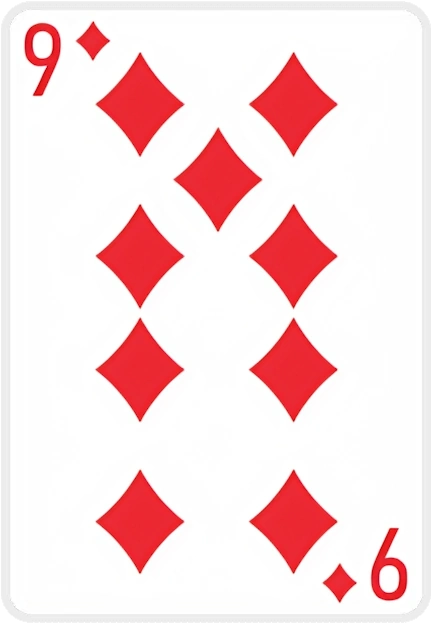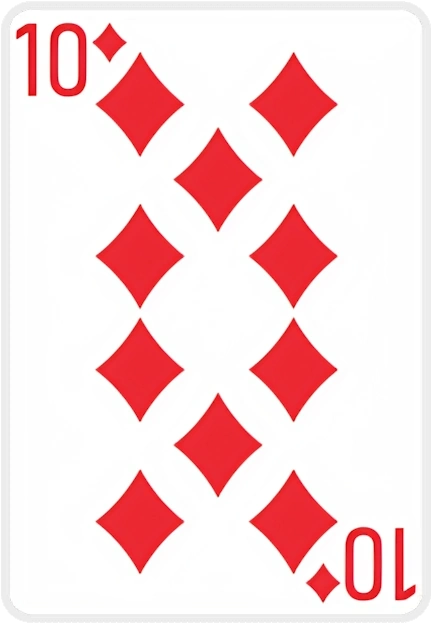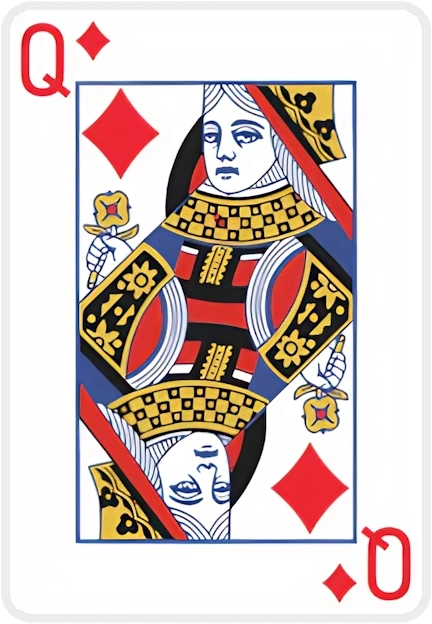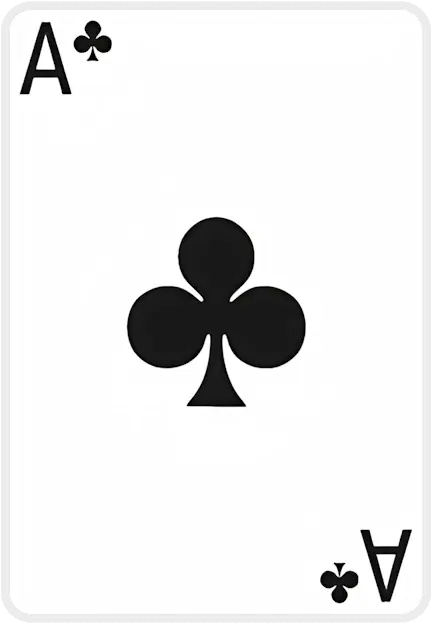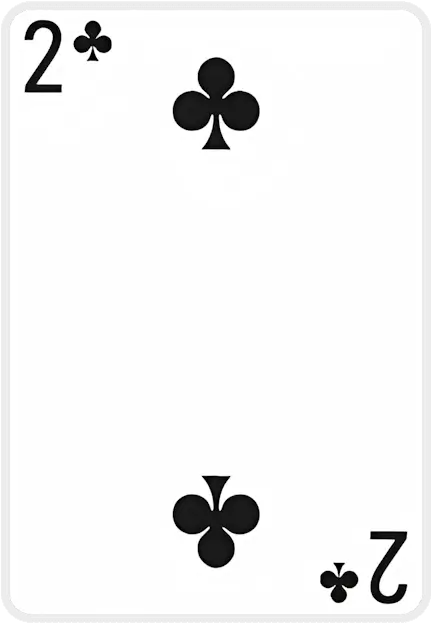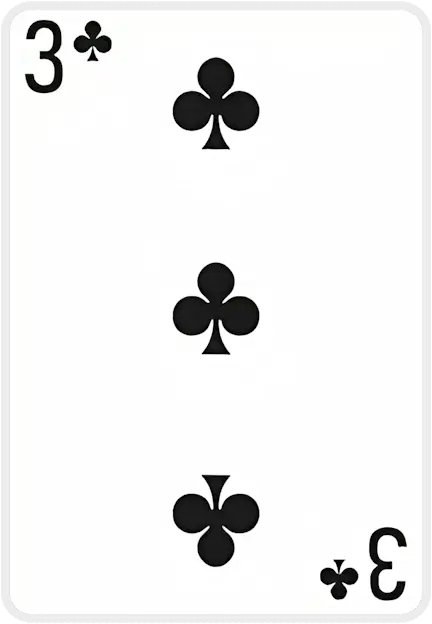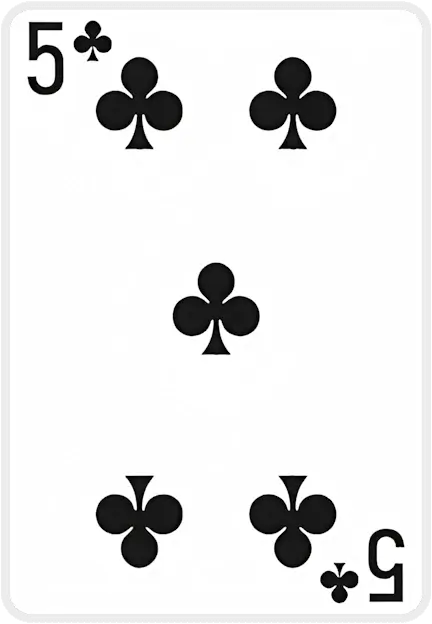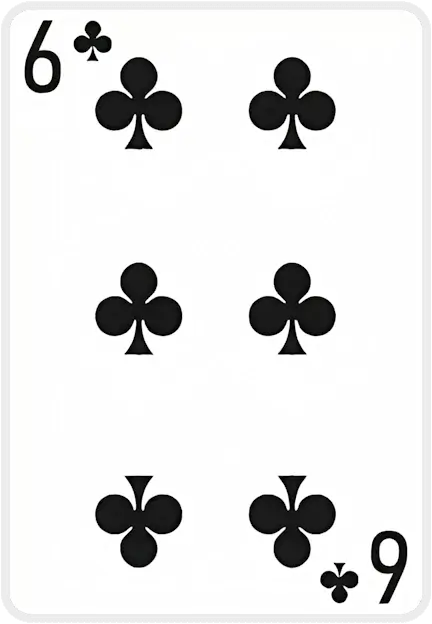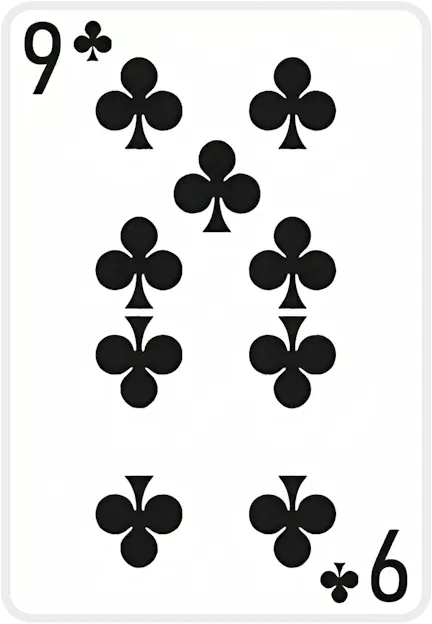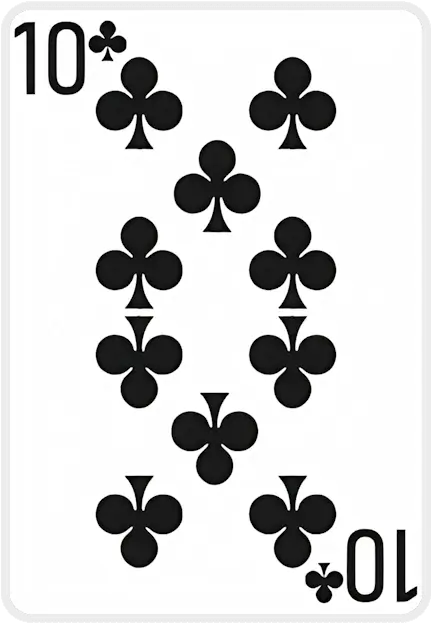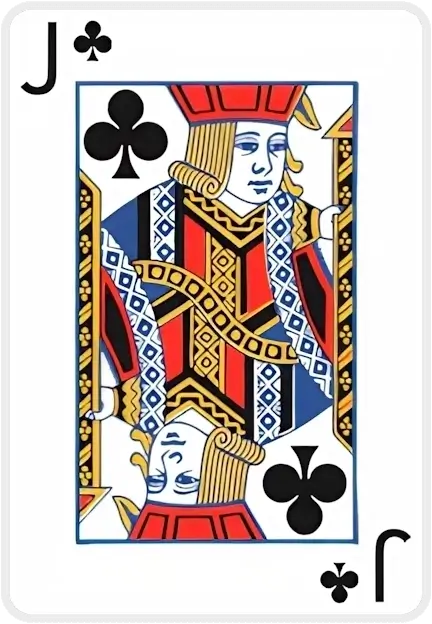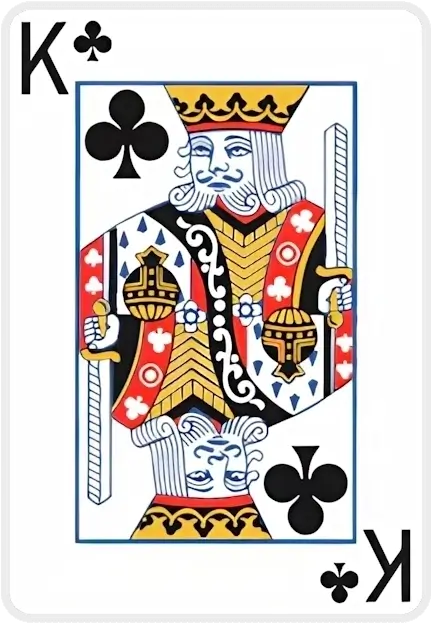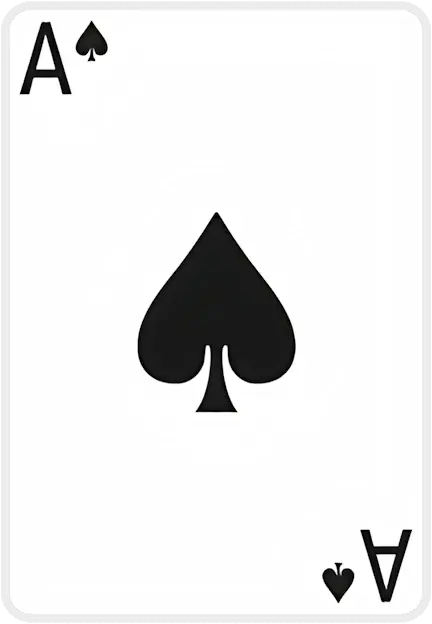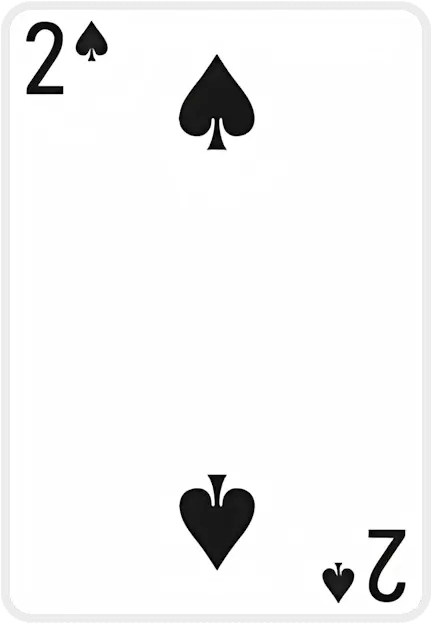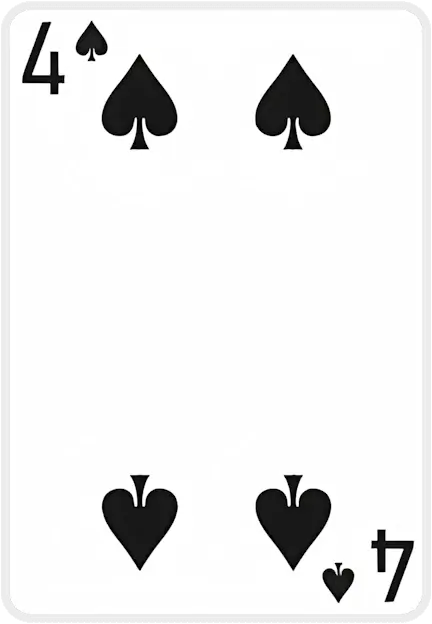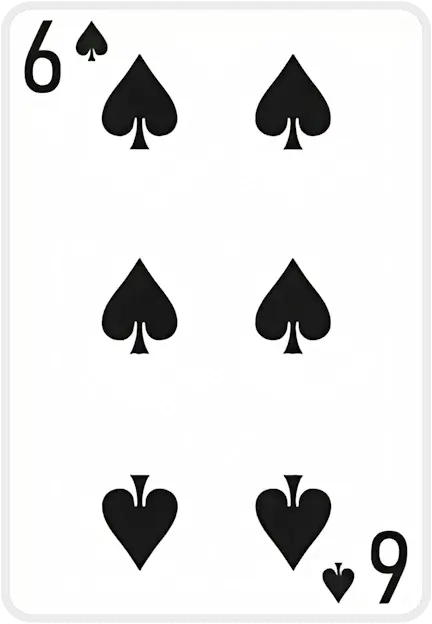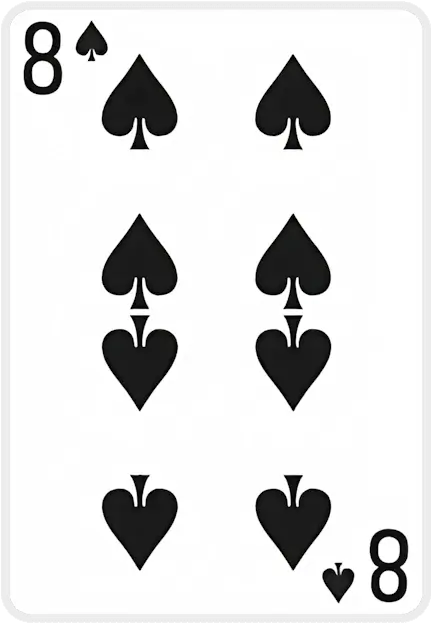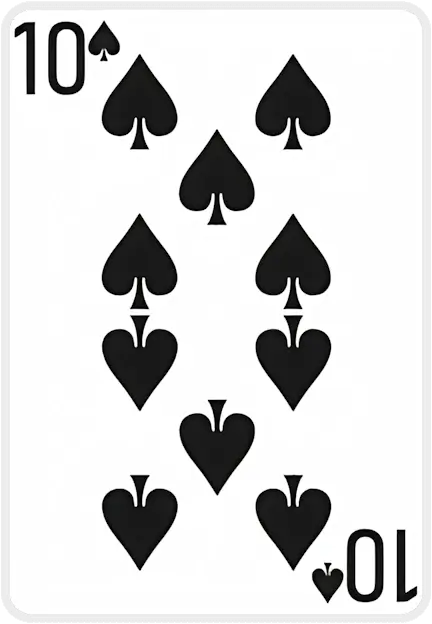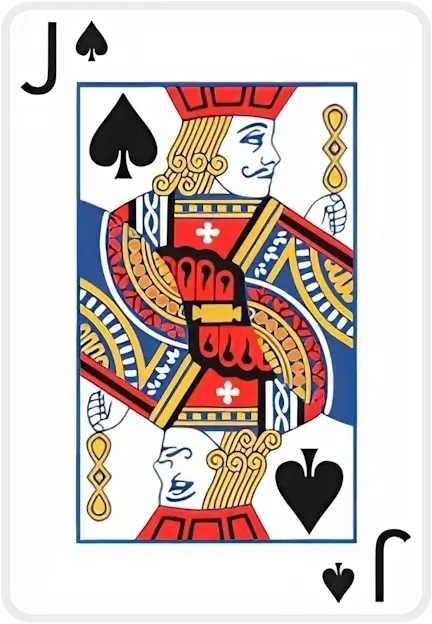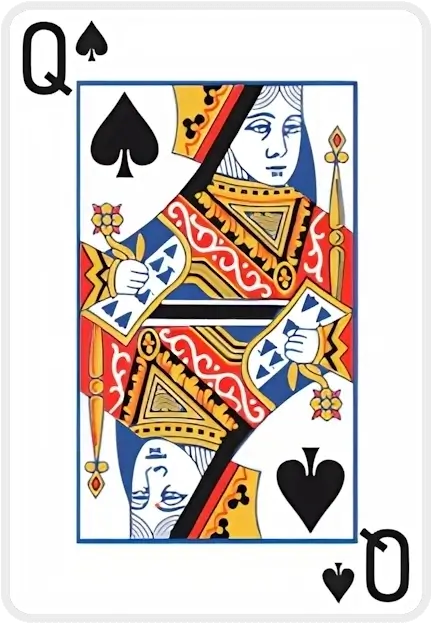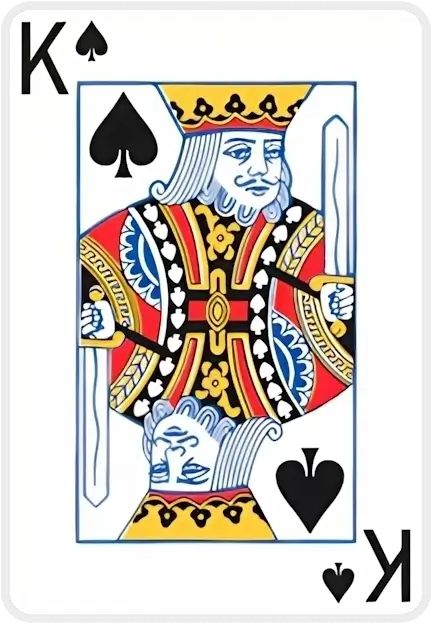Невозможно положить карту, она должна быть другого цвета масти
Cannot drop, your card needs to be one rank lower
Cannot move multiple cards to foundation
Card suit doesn't match foundation pile suit
Card can only be dropped on top of a card pile
Cannot deal cards when there are empty tableau piles
You can only move {0} card(s) at a time based on the current free cells and tableau
The cards don't add up to 13 and cannot be moved
The card is inaccessible and move cannot be performed
Cards must be in sequential order (one higher or lower)
Double Canfield Solitaire
Double Canfield Solitaire
Double the cards, double the fun! Double Canfield Solitaire is a two-deck variation of the famed Canfield patience game. Using 104 cards (two standard decks) and eight foundation piles instead of four, it keeps Canfield’s clever mechanics while offering a more winnable challenge. You can play it instantly—no downloads or sign-ups—at SolitaireX.io (https://solitairex.io/double-canfield-solitaire). It also belongs to the broader Canfield games lineup here: https://solitairex.io/free-games/canfield.
How to Play – Rules & Layout
Setup
- Shuffle two decks (104 cards).
- Deal one face-up card to start the first foundation pile. The rank of this card sets the starting rank for all foundations.
- Deal one card face-up to each of five tableau columns.
- Place 12 cards face-down and one face-up on top to form a 13-card reserve (often called the “demon pile”).
- The remaining cards become the stock (draw pile).
Foundations (8 piles)
• Build up in suit from the starting rank, wrapping King→Ace→2 until each pile holds 13 cards. • Example: If the first foundation card is the 3♥, every foundation must start with a 3 and build 4 → 5 → … King → Ace → 2.
Tableau (5 columns)
• Build downward in alternating colors (red on black, black on red). • Move single cards or ordered face-up sequences. • When a column empties, it is automatically filled by the top reserve card—until the reserve is gone. After that, any valid card or sequence may fill an empty space.
Reserve (13 cards)
• Only the top reserve card is ever available. • Play it to either a foundation or tableau whenever possible. Clearing the reserve early unlocks key cards for new foundation piles.
Stock & Waste
• Turn cards from the stock to a waste pile, three at a time. • Only the top waste card is playable. • Unlimited redeals: cycle through the stock as often as needed.
Objective
Move all 104 cards to the eight foundations. When every foundation pile is complete, you win!
A Brief History
Canfield Solitaire began in late-19th-century England (where it was nicknamed “Demon Patience”) and was later popularized in the United States by gambler–casino owner Richard A. Canfield, who lent his name to the game. Patrons would purchase a deck for \$50 and win payouts for each card they managed to play to the foundations—proof of the game’s notorious difficulty.
Double Canfield emerged as a friendly variant, doubling the deck but vastly improving the win rate (many players succeed in 75–85 % of deals). The two-deck format has kept the game popular for over a century and is rumored to have been a favorite aboard luxury liners like the Titanic in 1912. Today it remains a staple of digital solitaire collections for players who enjoy Canfield’s strategy but prefer a fairer fight.
Tips & Tricks
- Empty the reserve early. Those 13 cards block new foundation starts; freeing them widens your options quickly.
- Create empty tableau spaces. An empty column flips in a fresh reserve card, accelerating reserve clearance. Once the reserve is gone, an empty space becomes a powerful parking spot for any sequence.
- Balance your foundations. Advance all suits fairly evenly so lower cards don’t get stranded behind higher ones.
- Scout the stock. With unlimited redeals, it’s often wise to flip through the entire stock once just to see what’s coming. Sometimes skipping a tempting play keeps a crucial future card accessible.
- Think two moves ahead. Before you move a card, ask if that move opens something better—especially moves that expose hidden tableau or reserve cards.
Start Playing Now
Ready to test your skills? Click over to SolitaireX.io and launch Double Canfield Solitaire (https://solitairex.io/double-canfield-solitaire). No plug-ins, no fees—just pure, strategic card-stacking satisfaction. Good luck and enjoy the game!
Case Studies
All figures below come directly from our database. Using first-party data ensures every insight is evidence-based, up-to-date, and privacy-respectful.
| Game Tier | Stand-out Titles | Win Rate |
|---|---|---|
| Quick Wins | Spider (1 Suit), Hole-in-One, TriPeaks | 70–84% |
| Fair Challenges | Solitaire (Draw 1) – 913 k plays FreeCell, Golf |
45–63% |
| Expert-Level | Spider (4 Suits), Forty Thieves, Double Scorpion | ≤11% |
Curious which moves turn the odds in your favor? Explore all the data & strategies →
What people say about us
Interview with Beverley Walker-Daury
At 87, Beverley Walker-Daury shares how SolitaireX brings joy, companionship, and purpose to her days in a retirement home.
Player Interview: Poul Andersen
Poul Andersen shares how playing SolitaireX helps him keep his brain sharp and active.
Player Interview: Peter Gross
Peter Gross, 81, shares how SolitaireX became his go-to place for relaxing Freecell games and friendly competition.
Player Spotlight: St0Sh0’s Record-Breaking Runs on SolitaireX
We sit down with speed-solitaire sensation St0Sh0 to talk record times, favorite variants, and why SolitaireX is his go-to card-game hub.
Fresh from the SolitaireX Blog

Decks & Destinations: The Solitaire Traveler Series Part 5: Berlin — Strategy & Culture Walks
Berlin’s rhythm of reflection and structure pairs perfectly with Solitaire’s calm logic. This guide invites travelers to explore the city’s culture and canals with a few mindful moves between each stop.

Decks & Destinations: The Solitaire Traveler Series Part 4: Tokyo – Mindful Play in a Fast City
Tokyo’s fast pace hides countless moments of calm — perfect for a mindful round of Solitaire. This traveler’s guide pairs iconic spots with short, focused play sessions to restore clarity on the go.

Decks & Destinations: The Solitaire Traveler Series Part 3: Seattle — The PC-Era Vibe
Seattle’s rain-washed calm pairs perfectly with Solitaire’s quiet focus. This traveler’s guide shows how to blend sightseeing, coffee breaks, and short, finite puzzles into a mindful PC-era rhythm.

Decks & Destinations: The Solitaire Traveler Series Part 2: London – From “Patience” to Presence
London’s slower moments pair perfectly with Solitaire—once known locally as “Patience.” This traveler’s guide blends calm city rhythms with mindful card play to help you recharge between adventures.
Latest guides crafted by Stoyan Shopov and Kalin Nikolov
Golf Solitaire Mastery: Strategy, Stats & Flow
Deal 7 columns of 5 face‑up cards (35 total). The remaining 17 cards*form the stock; flip the first stock card to start the waste. You may move only exposed tableau cards, and only if the rank is exactly one higher or lower than the waste top. Suits don’t matter. When no move exists, flip a new waste card. Clear all tableau cards to win.
TriPeaks Solitaire Mastery: Strategy & Analytics
Two peaks are dust; one stubborn ridge remains. Your waste shows a 9. The tableau flashes 10‑J‑10‑9‑8 like a heartbeat. You nudge the 10, feel the cadence lock in, and—without overthinking—trace a neat descent that crumbles the last peak. That tiny spark of *flow* is why TriPeaks hooks serious players: rhythm, restraint, and the rush of a run that arrives exactly on time.
Pyramid Solitaire Mastery: Strategy, Stats & Joy
Picture the pyramid down to its last stubborn tier: a Queen pinned beneath a ridge, a lone Ace on the waste, and a King begging to be burned for tempo. Heartbeat, breath, click—then the whole structure yields in a rush. If you’ve hit that razor‑edge finale, you already know Pyramid’s secret: small decisions, made in the right order, change everything.
FreeCell Solitaire Mastery: Strategy & Analytics Guide
I have a 15 years personal, lived experience—picture a scene built from thousands of session logs and notes from serious players: It’s late, and the board looks jammed. You clear a single column, free one cell, and suddenly a 9♣‑8♦‑7♣‑6♦ chain glides into place, untying the knot you stared at for ten minutes. The rush isn’t luck—it’s the quiet pleasure of a plan snapping into focus. When did FreeCell last feel less like “killing time” and more like practicing a craft you can actually master?
Media About Us
8739101582430932



